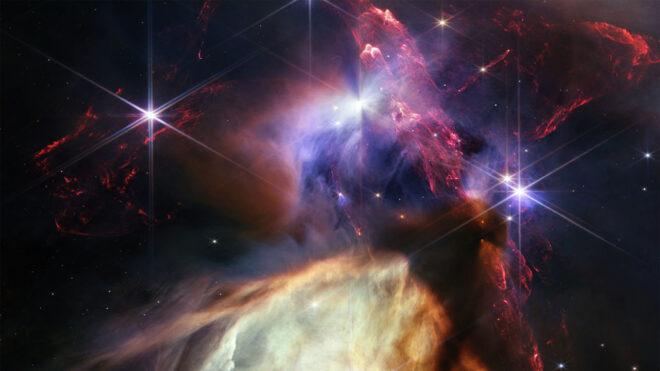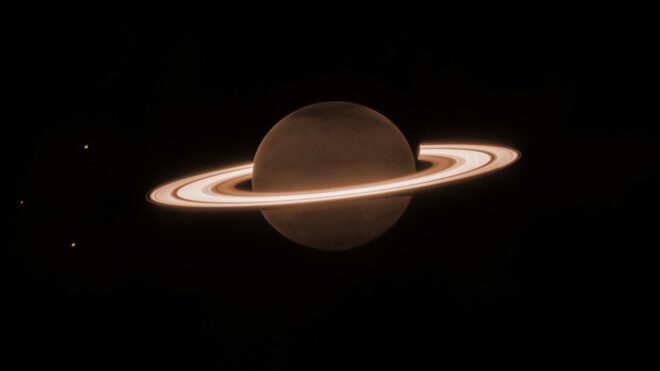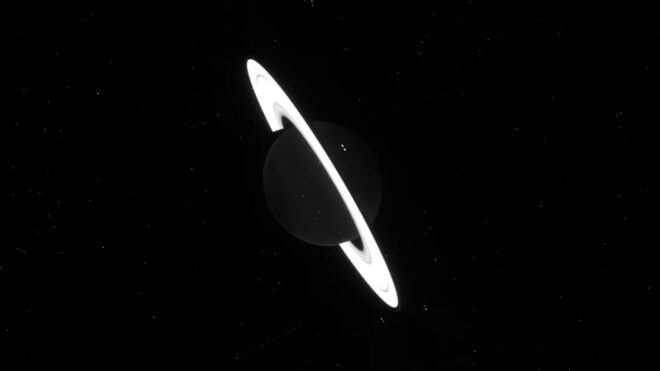NASA NASA developed under the leadership of James Webb Space Telescope Another wonderful photo recorded with
10 billion dollars James Webb Space Telescope (James Webb Space Telescope), continues to work that will shape our perspective on the world of science and the universe. The first photo was taken on July 12, 2022, with JWST, which often made a sound with breathtaking photos in 2022. The photo that came on 13 July 2023 is before us. Rho Ophiuchitook out the . It is reported to be the closest star region to Earth with a distance of 390 light years. Rho Ophiuchi Inside a cocoon of gas and dust, according to NASA, in the photo above shared for About 50 young stars with masses similar to or smaller than the Sun are visible. JWST, which has created another truly impressive visual and continues to breathe with each sharing, has made incredible discoveries in a year, and more discoveries are on the way with the vehicle that happily remained in service without any problems.
Here it is: @NASAWebb‘s one-year anniversary image. Called Rho Ophiuchi, this area shows about 50 young stars in a cocoon of gas and dust. At 390 light-years away, it’s the closest star-forming region to Earth: https://t.co/A3e2XLx9Ef
Webb continues to #UnfoldTheUniverse. pic.twitter.com/tfXT8J2xBW
— NASA (@NASA) July 12, 2023
YOU MAY BE INTERESTED
Before that, there is an impressive “Saturn” photo came to the fore. First shot with JWST Saturn The new image, which came after the photo, showed the famous rings of the planet in much more detail. on the wiki As far as its location, Saturn is the 6th planet of the Solar System in order of proximity to the Sun. The planet, which comes second after Jupiter in terms of size and takes its name from Kronos in Greek mythology, is one of the 5 planets that can be seen with the naked eye (Others are Mercury, Venus, Mars and Jupiter) and consists largely of hydrogen and helium. According to the statement, the James Webb Space Telescope spent more than two and a half hours observing the planet this weekend, with the photographic telescope’s “images” of the planet viewing the planet through a series of different filters.Near Infrared Spectrograph (NIRSpec)” was taken using the camera system.


